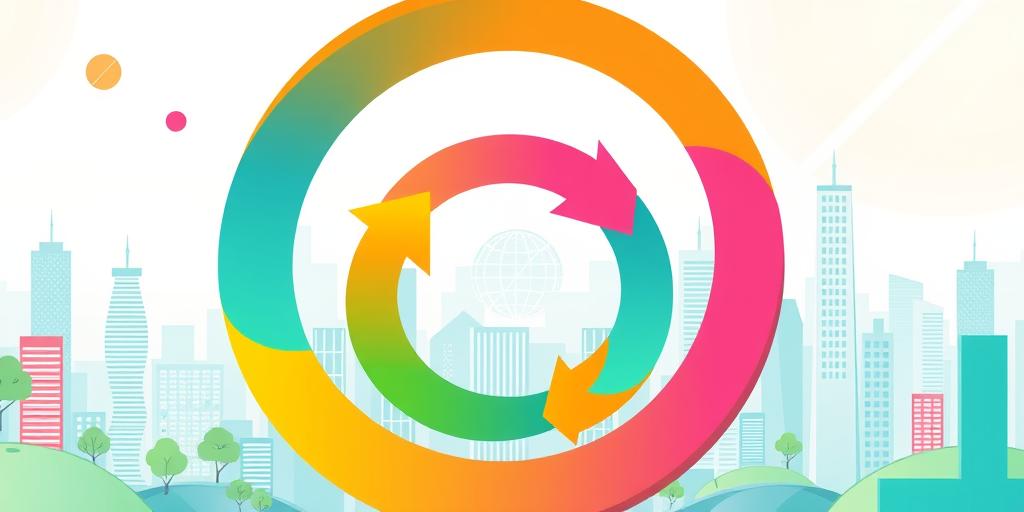Alright, future-thinkers, buckle up! We're diving headfirst into the circular economy, and let me tell you, 2025 is shaping up to be a HUGE year for business opportunities. But first, what IS the circular economy? Basically, it's ditching the old 'take-make-dispose' model and embracing a 'reduce-reuse-recycle' mentality. Think of it as giving products a second (or third, or fourth!) life. Sounds cool, right? Let’s be real, it’s also about saving the planet, which is a pretty solid bonus.
So, why 2025? Well, things are starting to click. Consumers are demanding more sustainable options (finally!), regulations are tightening up (governments are paying attention), and technology is making circularity easier and more profitable than ever before. It's like all the stars are aligning for businesses that are ready to jump on board. But how can businesses jump on board? What opportunities are actually out there?
Sustainable Sourcing & Supply Chains:
- The Gist: Businesses are under pressure to know where their materials come from and how they're produced. Transparency is key! Consumers want to know that the products they buy aren't harming the environment or exploiting workers. Let’s be real, nobody wants to buy goods made from sweatshops.
- The Opportunity: Develop ethical and sustainable supply chains. This includes sourcing recycled materials, working with suppliers who prioritize fair labor practices, and reducing waste throughout the production process. Track your materials, make sure you are being a good corporate citizen, and shout your message from the rooftops. Consumers are craving this sort of transparency.
Product-as-a-Service (PaaS):
- The Gist: Instead of selling products outright, offer them as a service. Think leasing instead of buying. This keeps products in circulation longer and reduces waste. Think of companies like Rolls Royce with “power by the hour.” They lease jet engines, but their profit isn’t in the initial sale. It is in keeping those engines running efficiently over the long term.
- The Opportunity: Develop PaaS models for your products. This could involve offering subscriptions, rentals, or leases. The company retains ownership of the product and is responsible for its maintenance, repair, and eventual recycling. This also reduces waste since it reduces the incentive for manufacturers to plan obsolescence into their products.
Recycling & Upcycling Innovations:
- The Gist: Traditional recycling is great, but upcycling takes it to the next level. It involves transforming waste materials into higher-value products. This can range from turning plastic bottles into clothing to creating furniture from reclaimed wood.
- The Opportunity: Invest in innovative recycling and upcycling technologies. This could involve developing new ways to process waste materials, creating new products from recycled materials, or partnering with waste management companies. There are all sorts of waste streams that are still underutilized. Find a niche and go all in!
Reverse Logistics & Product Take-Back Programs:
- The Gist: Make it easy for customers to return used products for recycling or refurbishment. This requires setting up a reverse logistics system to collect and process these products. Have you ever returned a car battery to the auto parts store? That is an example of reverse logistics. The retailer isn’t in the battery-recycling business, but they are in the customer-service business.
- The Opportunity: Implement product take-back programs and invest in reverse logistics infrastructure. This could involve setting up collection points, offering incentives for customers to return used products, and partnering with recycling companies. This helps your company reclaim valuable materials and build stronger customer relationships.
The future is circular, folks! The opportunities are there for businesses that are willing to embrace change and think outside the traditional linear model. By focusing on sustainability, innovation, and customer engagement, businesses can not only thrive in the circular economy but also contribute to a more sustainable future. 2025 is just around the corner, so let's get circular!




